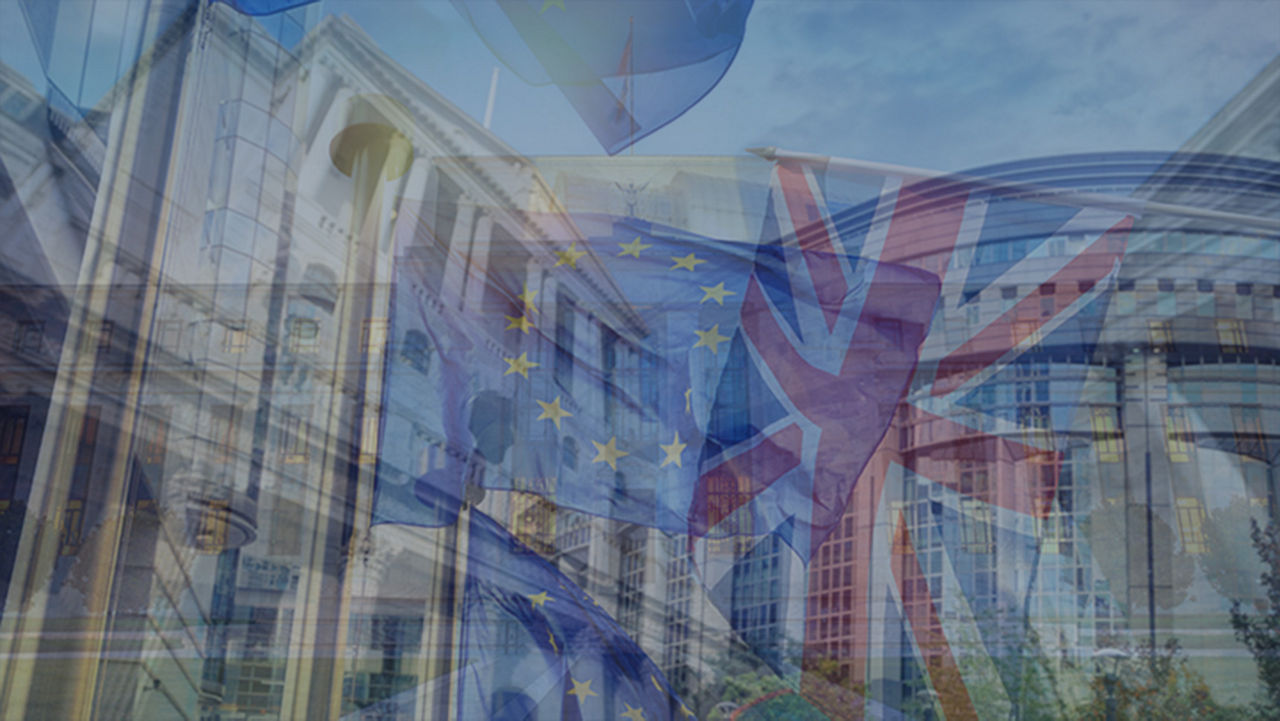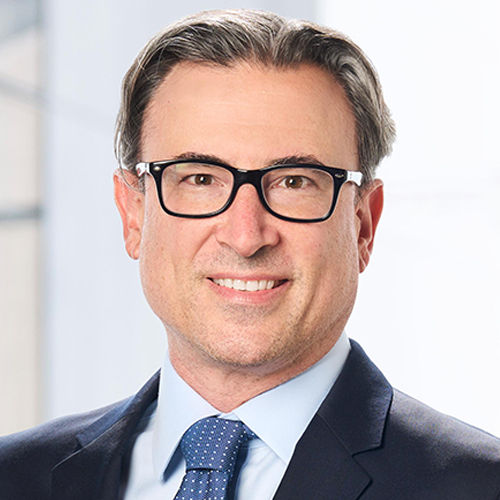Much as expected, the Fed remains in wait-and-see mode. At today's FOMC meeting, Powell just continued to use words like “uncertainty” and phrases like “waiting for clarity,” as he described the backdrop that's being utterly clouded by the threat of tariffs. And actually, in that vein, while he may not have uttered the word “stagflation,” they basically used the definition of it in the press statement when they said that the risks of higher unemployment and higher inflation have risen.
He did address how they would attempt to tackle that backdrop. He said they will look at each of those metrics relative to their targets’ goals, and attempt to judge how long it would take to get back down to that goal. That is an incredibly tricky thing to achieve, and it's the place where policy mistakes are made. But I guess it's his mistake to make. Our sense is stagflation like we saw in the 70s and 80s will be difficult to materialize.
Instead, as of now, we're of the view that if tariff uncertainty is not resolved in short order, the backdrop will feel stagflationary at the onset, but that higher prices will collapse down on the shoulders of the economy and would ultimately give way to recession. So, this is that fat left tail idea that we've been talking about, i.e. the downside risk.
In the end, we have sympathy for Powell’s stance on taking a wait-and-see approach. But we do think cuts will materialize this year, just not as fast or as aggressively as the market seems to think. But they're on the way.


